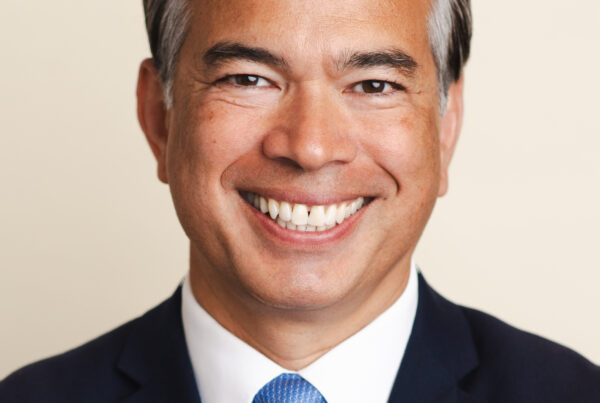The California Supreme Court ruled in favor of a Riverside woman who heard her daughter’s car crash over the phone—and who sued for dangerous property conditions that she claimed caused the crash.
The ruling sets precedent over emotional distress cases heard over the phone.
The crash
Jayde Downey was on a phone with her daughter, Malyah Vance, while Vance was driving through the Via Zapata/Canyon Crest Drive intersection, just south of Riverside’s Canyon Crest Towne Centre, on Dec. 4, 2018. Vance took a left turn onto Canyon Crest, and was hit by a car going southward.
Downey heard the sounds of the crash, heard a person








